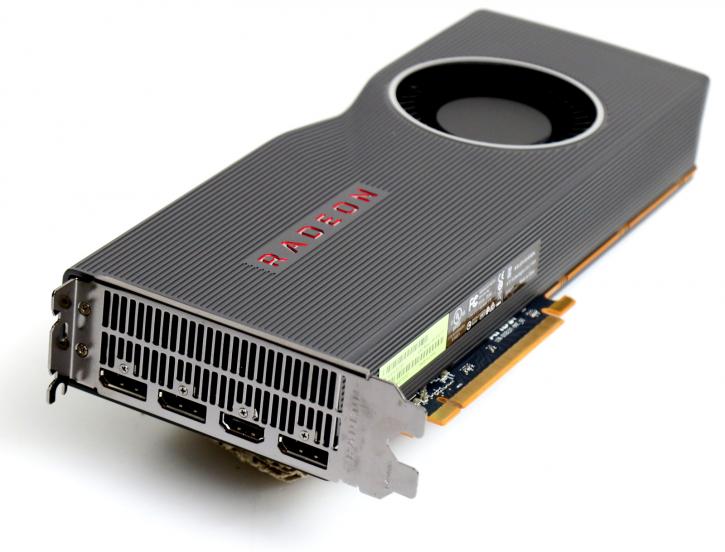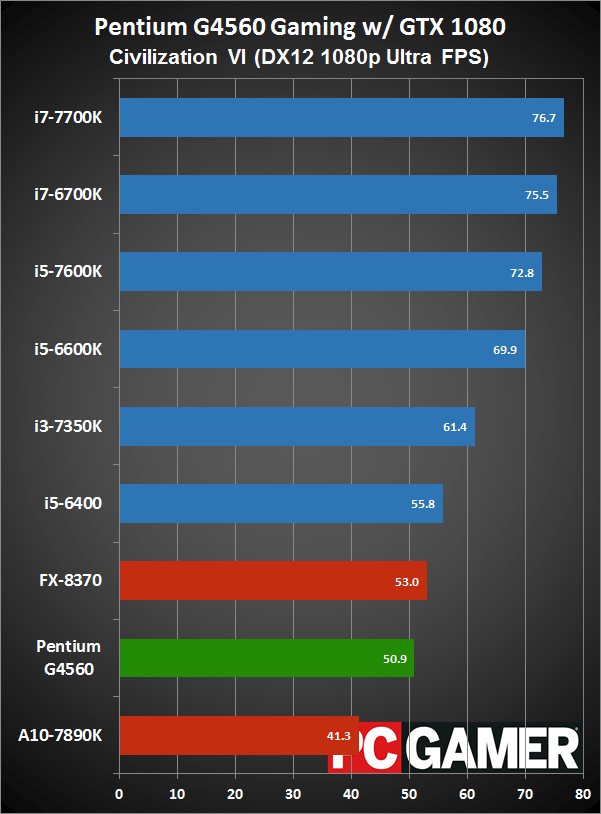

I have tried almost anything and can't understand where the problem is.Unlike one of the best Windows laptops or best MacBooks, a Chromebook uses Chrome OS, which is based around cloud computing rather than locally installed files and software. When checking EDID using get-edid I get the following: Section "Monitor" The image of the problem can be seen here: Memory at 90000000 (64-bit, prefetchable) Įxpansion ROM at 000c0000 Ĭapabilities: Vendor Specific Information: Len=0c Ĭapabilities: Express Root Complex Integrated Endpoint, MSI 00Ĭapabilities: MSI: Enable+ Count=1/1 Maskable- 64bit-Ĭapabilities: Power Management version 2Ĭapabilities: Process Address Space ID (PASID) Memory at a0000000 (64-bit, non-prefetchable) Subsystem: Intel Corporation GeminiLake įlags: bus master, fast devsel, latency 0, IRQ 130 Output from one computer using lspci -vnn: 00:02.0 VGA compatible controller : Intel Corporation GeminiLake (rev 06) (prog-if 00 ) Or if I turn off the screen first using xrandr -output eDP-1 -off and then back on using xrandr -output eDP-1 -mode 2160x1440 then I get it working.Īlso if using "nomodeset" kernel parameter, then there are no problems with the displays, except that xrandr doesn't work and I can't adjust backlight after that. 1024x768 resolution and then change to 2160x1440 resolution, then there aren't any problems with the displays. The native resolution for both tablet computers is 2160x1440 pixels. On the other computer, the screen has flickering / glitches almost all the time. After a while, the screen starts filling with vertical colors. I can login using SSH and TeamViewer on the computer.

There are problems with the displays when Linux starts:įirst computer has black screen once desktop has been loaded. I have two touchscreen tablet computers where I have installed Lubuntu 22.04.


 0 kommentar(er)
0 kommentar(er)
